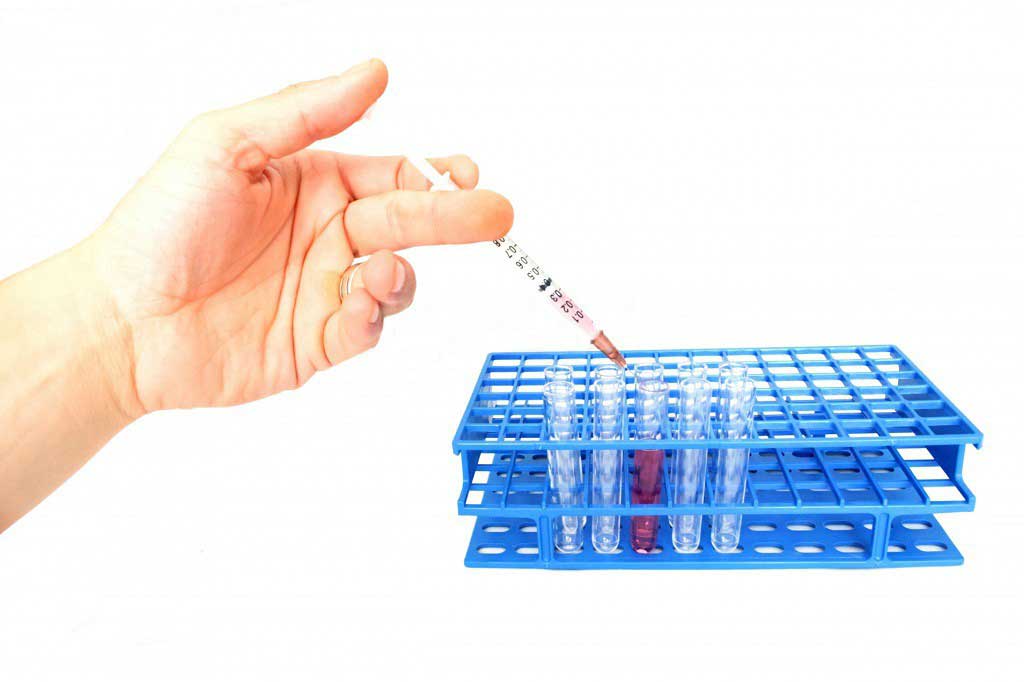Electrocardiogram (ECG)
Getting your results
An ECG recording machine will usually show your heart rhythm and electrical activity as a graph displayed electronically or printed on to paper.
For an ambulatory ECG, the ECG machine will store the information about your heart electronically, which can be accessed by a doctor when the test is complete.
It's not always possible for you to be given the results of your ECG immediately, as the recordings will have to be looked at by a specialist doctor to determine whether there are signs of a possible problem. Other tests may also need to be carried out before it's possible to tell you whether there's a problem.
You may need tovisit the hospital, clinic or your GP a few days later to discuss your results with a doctor.
Introduction
Read about electrocardiograms (ECGs), including why they're done, what happens and what the potential risks are.
Whenan ECG is used
An ECG is often used alongside other tests to help diagnose and monitor conditions affecting the heart.It can be used to investigate symptoms of a possible heart problem, such as chest pain, suddenly
Howan ECG iscarried out
There are several different ways an ECG can be carried out. Generally, the testinvolves attaching a number of small, stickysensors called electrodes to your arms, legs and chest. These are connected b
Types of ECG
There are three main types of ECG: a resting ECGcarried outwhile you're lying down in a comfortable position a stress or exercise ECGcarried outwhile you're using an exercise bike or treadmill an am
Getting your results
An ECG recording machine will usually show your heart rhythm and electrical activity as a graph displayed electronically or printed on to paper. For an ambulatory ECG, the ECG machine will store the i
Are there any risks or side effects?
An ECG is a quick, safe andpainless test. No electricity is put into your body while it's carried out.There may be someslight discomfort when the electrodes are removed from your skin similar to remov







 Subscribe
Subscribe Ask the doctor
Ask the doctor Rate this article
Rate this article Find products
Find products